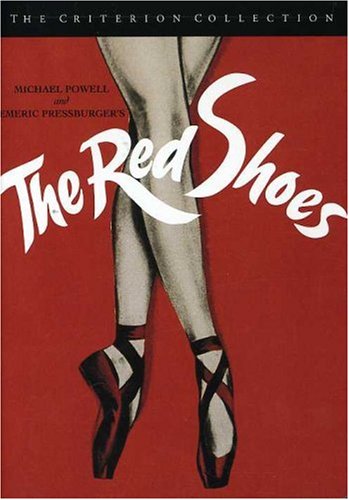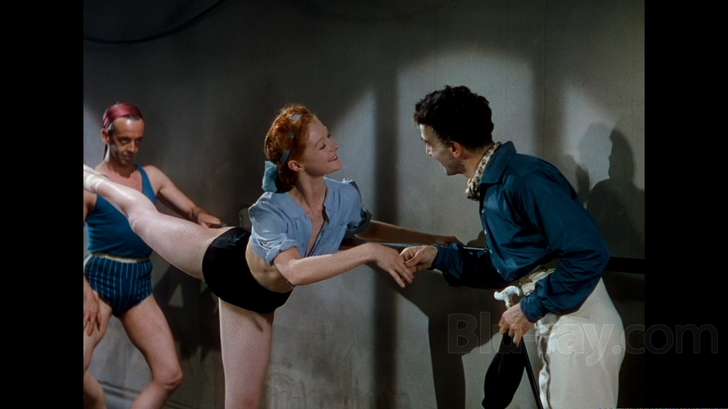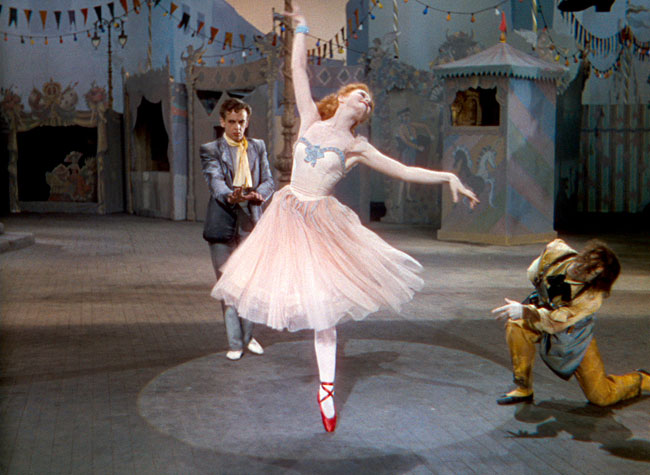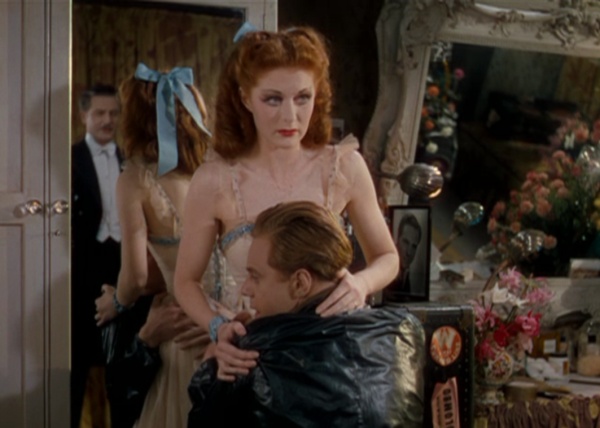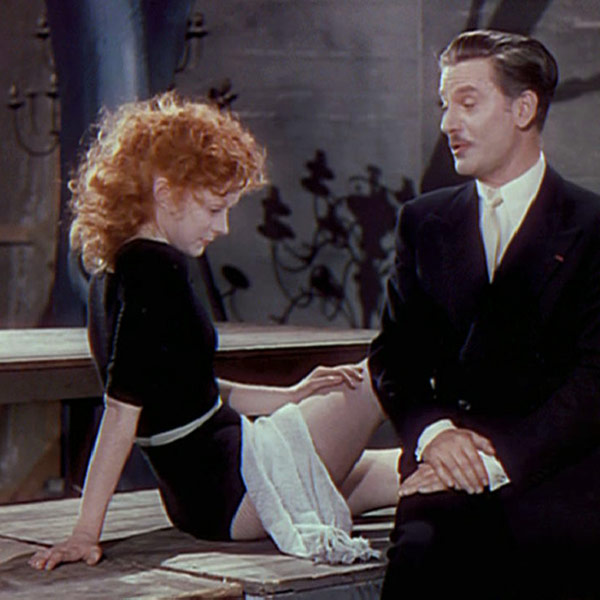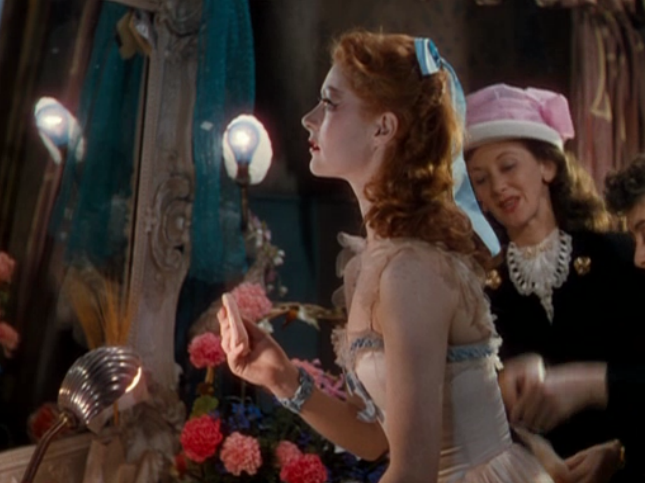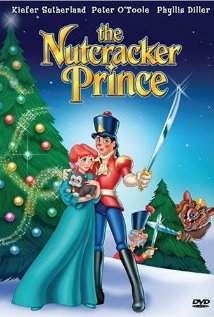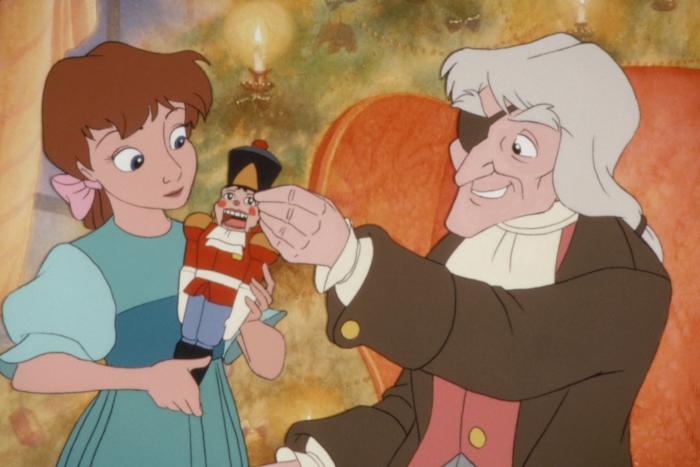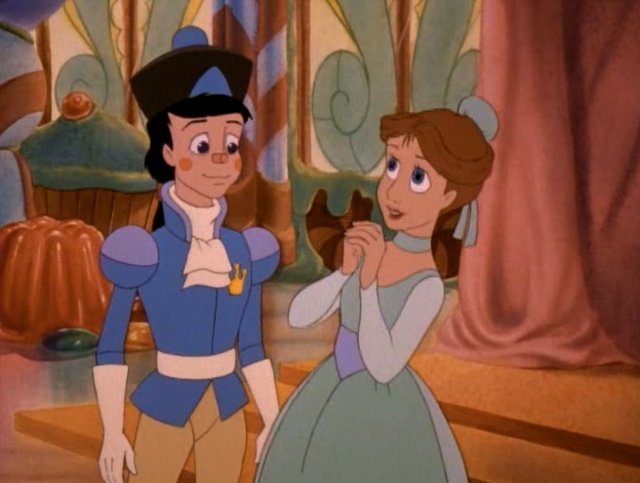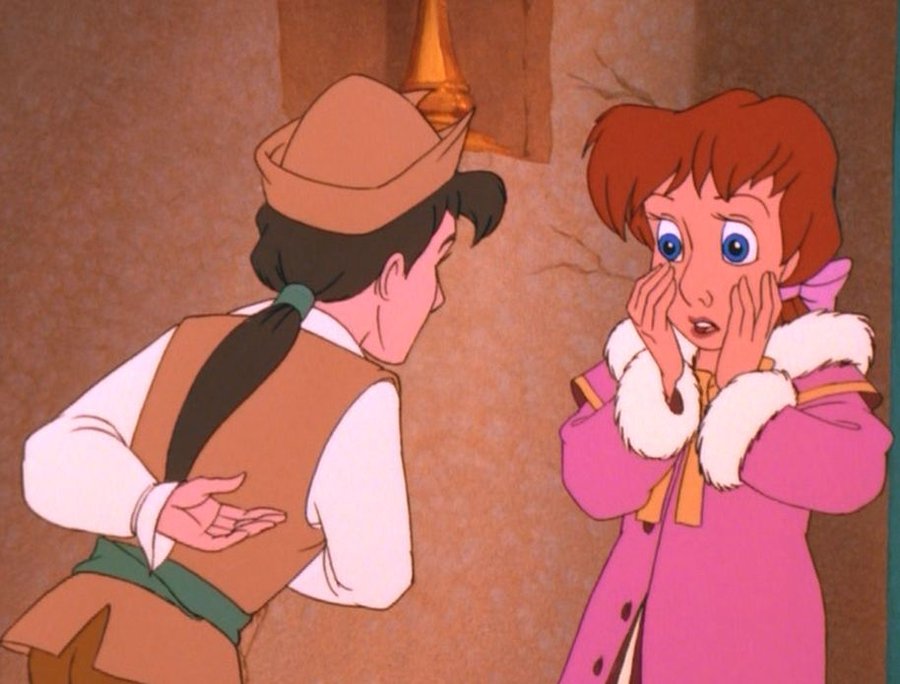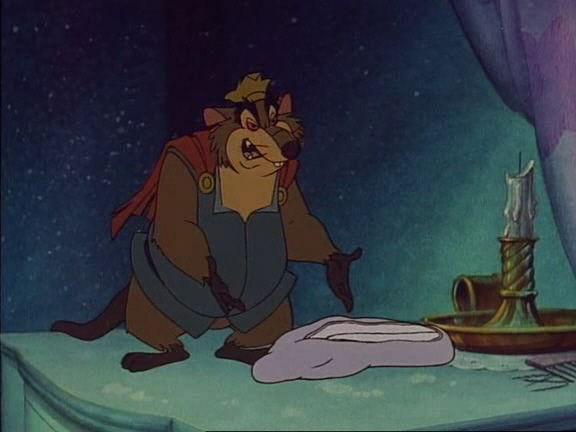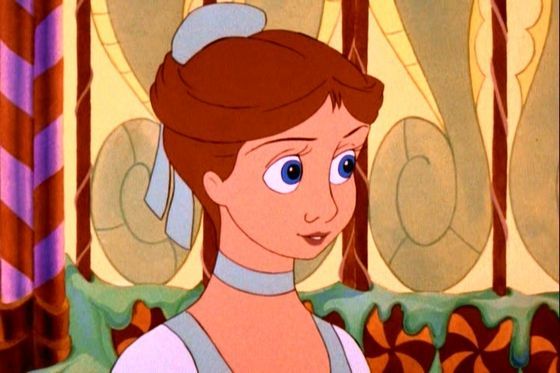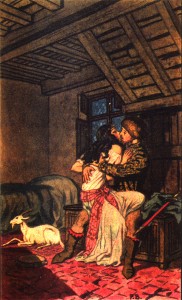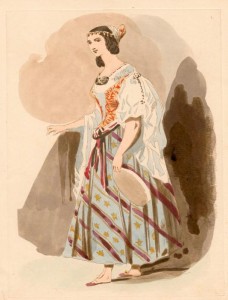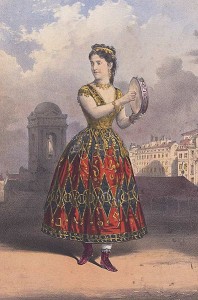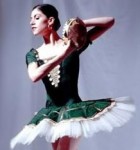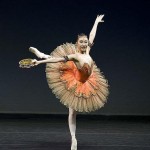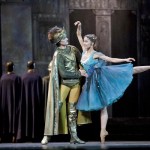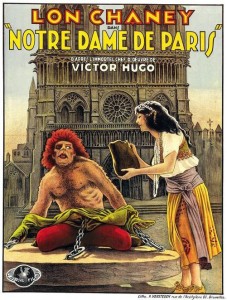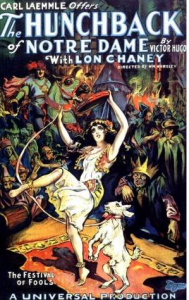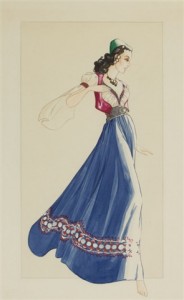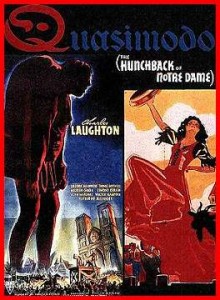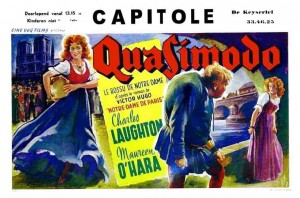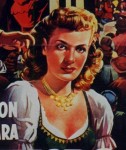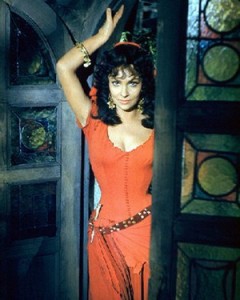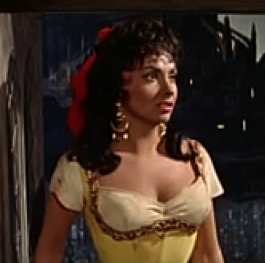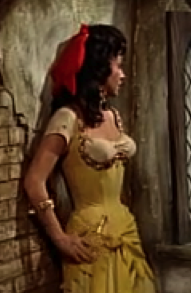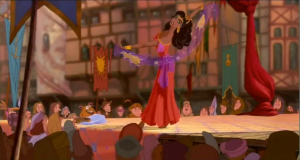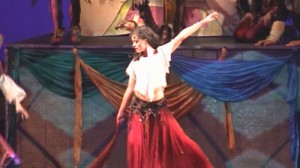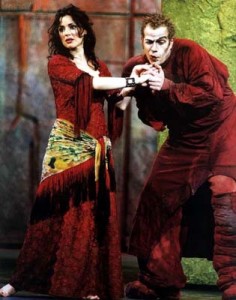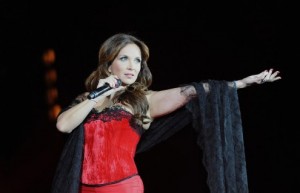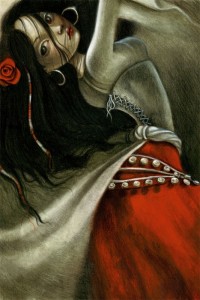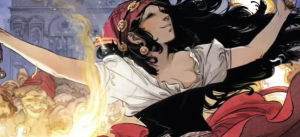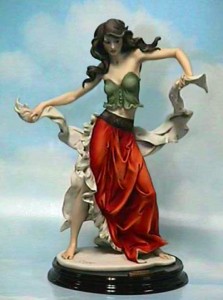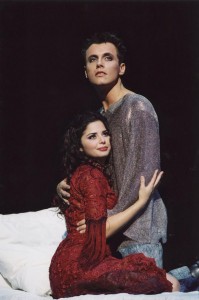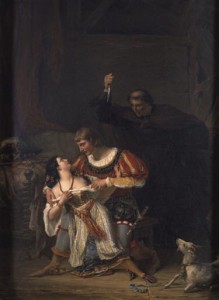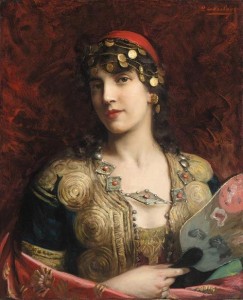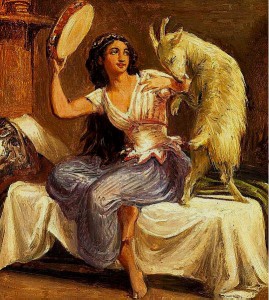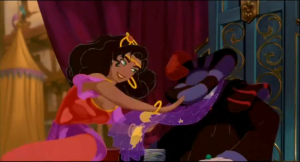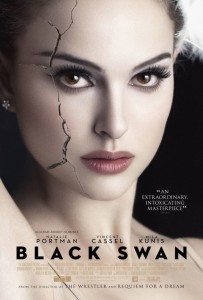
Black Swan
If Red Shoes and Perfect Blue had a baby it would the 2010 movie, Black Swan. It’s a movie that looks at the break down of a young ballerina in her quest to be perfect which is set against a metaphoric and literal retelling of Swan Lake. Let’s just say I hate respect this movie.
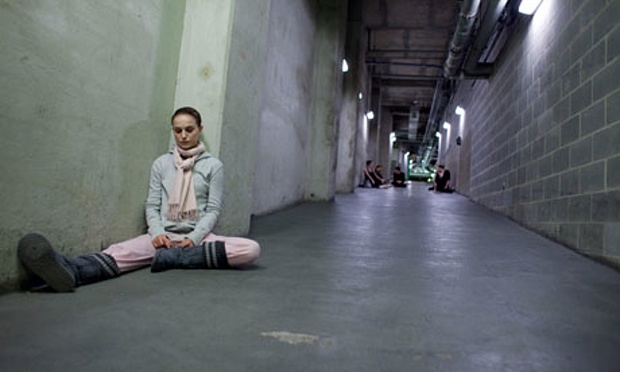
Natalie Portman as Nina
The plot follows Nina Sayers, who is a young woman trapped in childhood by a fairly controlling mother. Nina wants to play the lead in the her ballet company’s new production of Swan Lake where the innocent white swan and the seductive black swan are played by the same dancer. Nina doesn’t have the inner sexiness to play the black swan but lands the role after kissing/biting the head of the ballet. She then thrown into a paranoia spiral of trying to become a more sexual person at the cost of killing her innocence self all while thinking that another lady in the company, Lily, is replacing her. But in the end she does away with the perfect little girl for the imperfect sexual woman and find she was perfect.
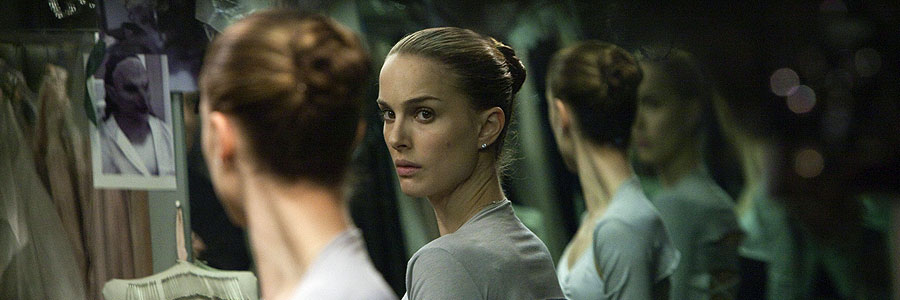
Natalie Portman as Nina
So what don’t I like about this movie? Well in my humble opinion, the movie tries WAY too hard to be edgy and artistic that is just comes off as pretentious. It just has some downright unpleasant imaginary which really just a style thing so if you like this style, that is cool, I just think it tries way too hard that it became almost cute in a way.
Along the same lines there is the editing. The editing plays with reality and Nina’s crazy fantasies to the point were you really can’t trust anything that the movie presents or the characters. There is the 1994 French movie called L’Enfer which has this sort of editing but I prefer this style of editing in that movie because the rest of the technicals are kept simple. Another movie that plays with weird editing as part of the narrative is the 1999 Japanese movie Audition, which I don’t recommend. In that movie a scene is shown twice with different dialogue to show one character is not listening to what the other character was telling him. Again that is just me and my preferences. Though when I first saw Black Swan I had recently seen L’Enfer so I liked it in Black Swan more but on a second viewing is came off as really gimmicky.
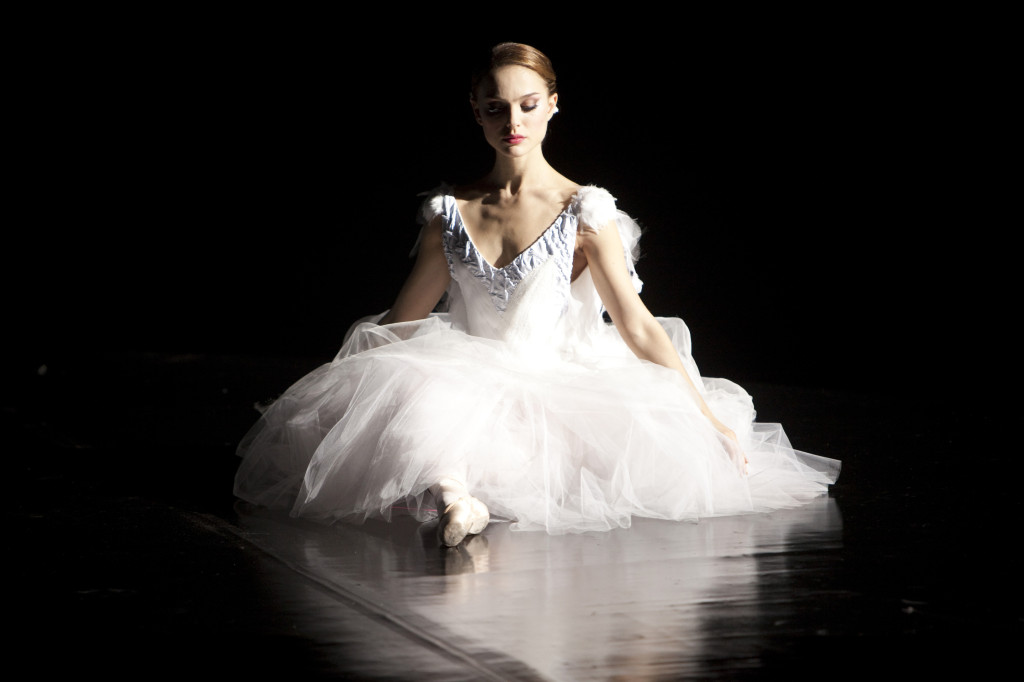
Natalie Portman as Nina
Also I don’t care for the characters. Black Swan is a character study of a dancer going crazy with a fairy tale woven throughout. Besides Nina’s perfection tendencies and being girly we don’t know that much about her. We know that she got into ballet because of her mother but that isn’t that much. We pretty much meet her and she starts going cuckoo. She couldn’t go a twenty minutes without the crazies starting. Now she did have the scratching habit and an eating disorder (I think) before but is that enough for very quick mental decline based on playing a dual role and taking a method style acting before she even starting rehearsing? I don’t think so, she just starts off crazy.
The other character are also one note, either sexy or prudes. The only character that has a little more than nothing going on is Beth a.k.a the dying Swan. A ballerina who is getting too old to dance and tries to commit suicide because Nina in a sense replaced her.
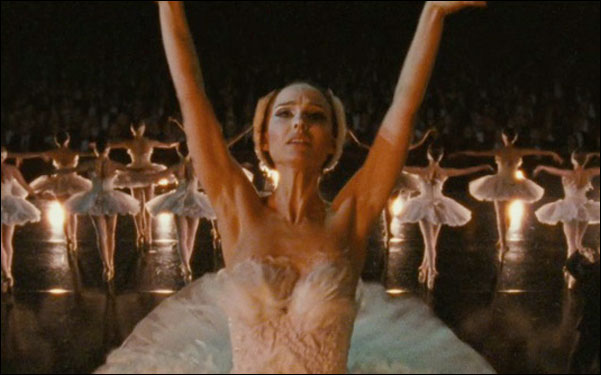
Natalie Portman as Nina (white swan)
Now I get that the reason for the simple characters is that they are all dual role with character from the ballet and ballets aren’t know for their true to life characters and this duality is some thing I like. I like how the movie merged Swan Lake with a story about crazy dancer trying to be perfect while not being perfect. The duality of the white swan being childhood and innocence and killing that aspect and embracing a budding powerful sexuality to be a whole person is interesting. And the prince/Ballet head guy choosing the woman (black swan) over the child (white swan) is clever.
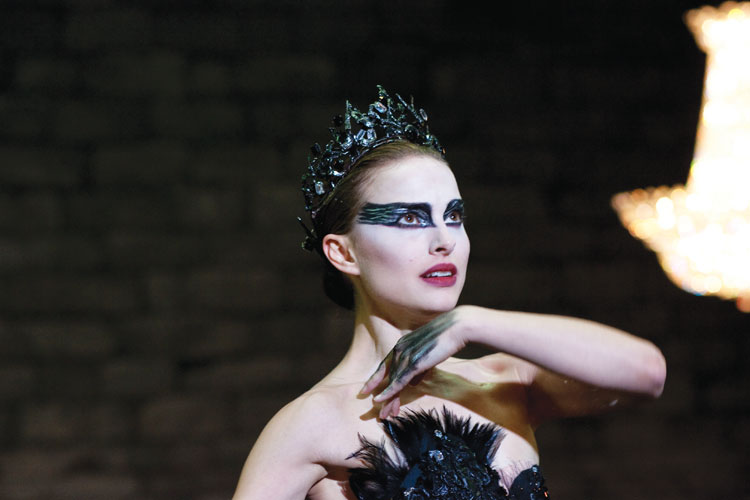
Natalie Portman as Nina (black swan)
Despite the pretentious of this movie, it is really well down, though all the following Nina shots got old fast but it’s still a well crafted movie that does keep one guessing.
Though I gotta say I really loved the costumes, especially the ballet costumes. But the costumes fit into the simple nature of the characters. Mostly they all wear black and Nina where mostly whites and pinks and then shift to dark grays. I really liked Nina’s white gown but I love the Black Swan crown. I love how dark yet organic is it which is a combo you don’t see very often.
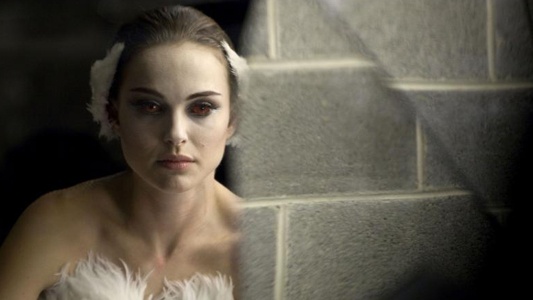
Natalie Portman as Nina becoming the black swan
Black Swan is a polorzing movie, some people love it and others loath it. I can seem both sides which is why I hate respect Black Swan.

